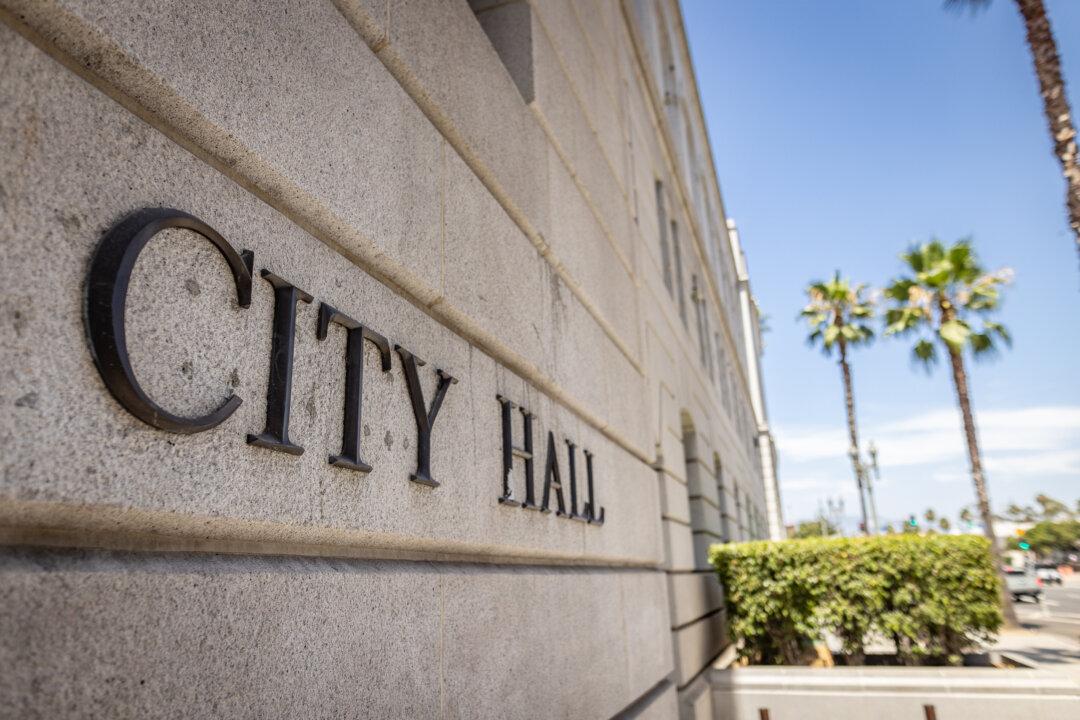Each city in California has a due date for issuing its annual comprehensive financial report (ACFR), which includes its audited financial statements—but there is no penalty for missing the deadline. So, of course, some cities are laggards.
A few cities in Los Angeles County still have to issue their ACFR for the years ending June 30, 2020 and 2021. But, fortunately, all 88 cities in the county are current up to June 30, 2019.
The city of Artesia was the last in L.A. County to issue its June 30, 2019, audited financial statements, doing so on Aug. 15 of last year. By comparison, Orange County has 34 cities, and they are 100 percent current for the fiscal year ending June 30, 2021.
Now that we are into January of 2023, many states have already issued their ACFRs for the fiscal year ending June 30, 2022. If states can meet the due date, what is taking many cities in Los Angeles County so long?
A city’s fiscal health is not necessarily reflected in its annual budget. Business savvy investors, like Warren Buffet, look to the balance sheets. This financial report reflects the assets, at cost and reduced by depreciation over their useful lifetime for capital assets, less liabilities, for loans and other borrowings and obligations. Subtracting the liabilities from the assets gives you the net assets, which is broken up into three categories, with my focus on unrestricted net assets (UNA) or deficit (UND). For simplicity, they are also referred to as the unrestricted net position (UNP). Looking at this amount in the Statement of Net Position is like checking the gas gauge on your car.
Now that we have published audited financial statements prepared by certified public accountancy firms, how did your city do in 2019? The chart is provided below.
Looking at the top of the rankings, one can assume that Beverly Hills has a robust property tax base thanks to its average housing price to cover its administration and services. It bounced back from 2018’s adjustment for the requirement to include Other Post-Employment Benefits (OPEBs) on its balance sheet. The same is true for the city of Hidden Hills. The city of Bradbury dropped two places by standing still, thanks to Beverly Hills and Hidden Hills.
Going down the list, we see that the city of Commerce had a very good year, moving up nine spaces. But, time will show that it was a temporary bounce. Speaking of bouncing, the city of Santa Clarita does it every year. One year it moves up, the next it moves back down, and so forth.
Further down, the city of Signal Hill incurred a three-quarter drop in its unrestricted net position (UNP), but it appears to be temporary as well. In the middle of the pack, San Marino cut its unrestricted net deficit (UND) in half, which is what residents should hope to see.
The tourist city of Avalon increased its UND by only $1 million, but it was a 42 percent increase, causing it to drop from 50th place in 2018 to 56th place in 2019.
The city of Los Angeles found that 2018 was its low point. It reduced its UND by 13 percent, moving up from 76th place to 69th. That’s what a $1 billion swing will do for a city that holds more than 10 percent of California’s population. Its improvement, pre-COVID-19, lowered the 88 cities’ overall combined UND from $12.5 billion to $11.7 billion.
Los Angeles County has 88 cities, but the unincorporated areas not within the borders of one of these cities have residents who are managed by the county. The population growth trend, year over year, for the cities held steady at 0.45 percent.
Looking forward, there are three cities that started aggressive trends in the wrong direction in 2019. They are Santa Monica, which dropped 15 places, La Verne, dropping five places, and Redondo Beach, dropping four spots. Residents of these three cities will have to inquire from their city councils the reasons for their precipitous slide toward the bottom of the rankings.
Santa Monica’s UNP dropped by $40 million, or $429 per resident. It dropped from 19th place to 34th. La Verne increased its UND by $6.8 million (28 percent), or $205 per resident. It dropped from 52nd to 57th place. And Redondo Beach, which was already in 72nd place, dropped to 76th by increasing its UND by $31.6 million, or $461 per resident.
The goal for a city should be to have a positive UNP, which 35 of the cities have accomplished. Those cities below zero should be moving toward positive territory. But these last three cities are moving in the opposite direction. And the following fiscal years ending June 30, 2020 and 2021 would test them with something not seen in a century.






